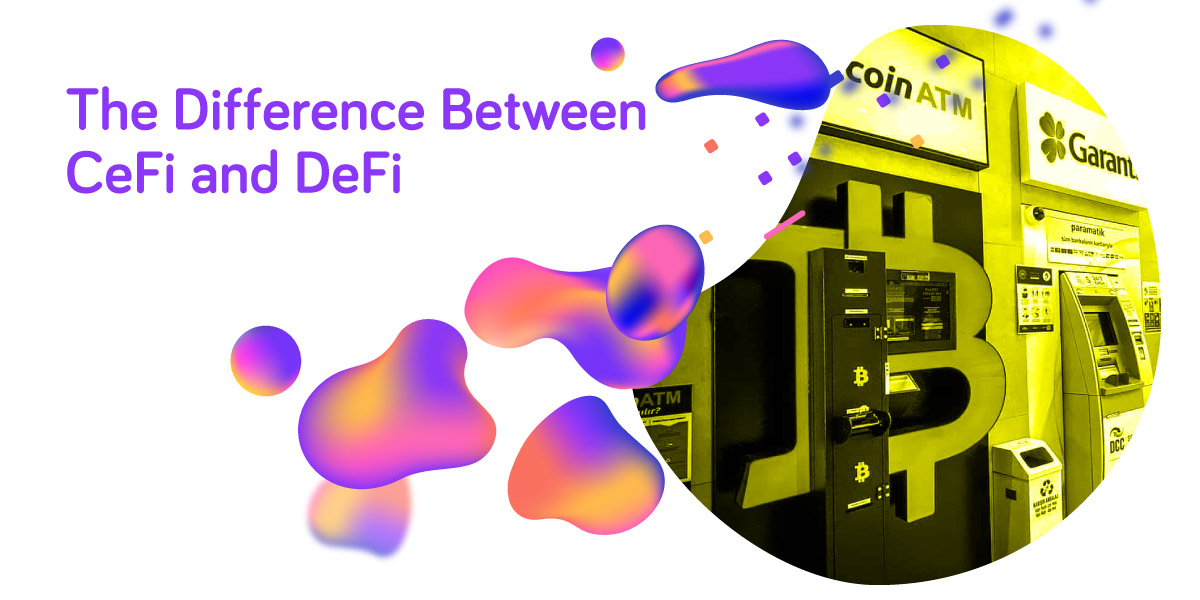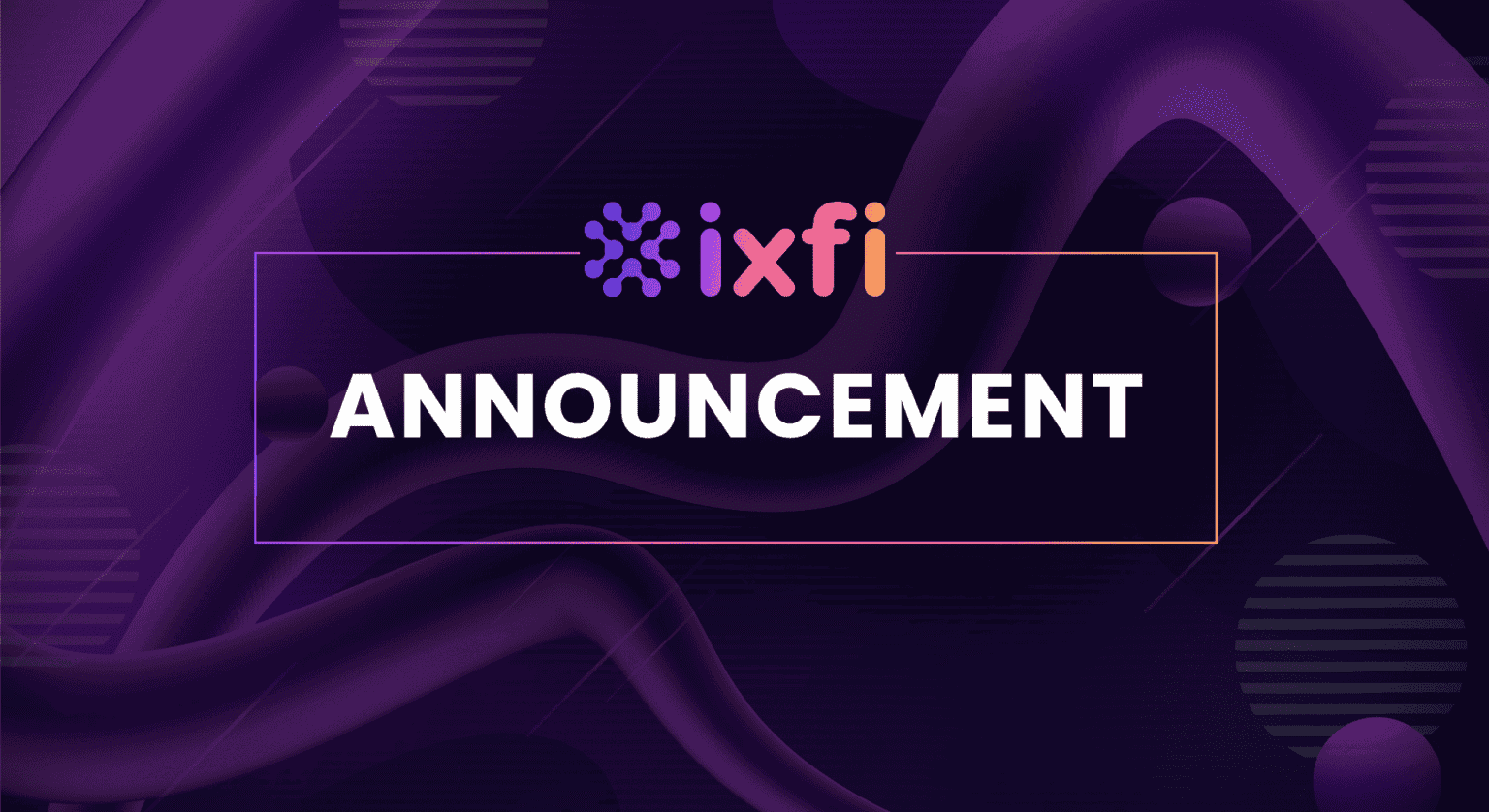You have probably observed that there are many differences between traditional currencies, known as FIAT Money, and cryptocurrencies. Even if cryptocurrencies just appeared on the market only one decade ago, these coins have branched themselves into different classes.
Two distinct branches of the crypto world separate into the centralized CeFi system and the decentralized one, known as DeFi. Fundamentally, the idea behind these two is the same: their purpose is to allow people to use cryptocurrencies in various financial services.
- CeFi is short for Centralized Finance and offers many of DeFi’s benefits but with a twist of a familiar, easy-to-use product from traditional finance and the security it provides.
- With CeFi, users can win interest from their savings account, borrow money, spend using a crypto debit card, etc.
One of the basic concepts of the crypto world is decentralization, allowing transactions to develop between strangers anywhere in the world without intervention from a third party.
- DeFi takes this idea a bit further: It’s an entire ecosystem of Smart Contract applications that make borrowing money possible, saving, transacting, and many others. All of this is done without any bank or payment processor.
Given that Decentralized Finance is a new thing and is still in development, DeFi also has its risks. Reading DeFi protocols requires a high level of technical knowledge and comfort, considering that the potential to lose your investment partly exists if there are mistakes in the code or hackers.
DeFi (Decentralized Finance)
DeFi relies on Blockchain Technology, meaning distributed data ledgers that are highly secured. In addition, we have Smart Contracts — through them, we can make all kinds of instant transactions without the need of a third party that verifies or approves the process.
This system eliminates any humans or third parties that would typically interfere with the transaction and banks and any institution, thus offering complete control of cryptocurrencies to the user. This way, many taxes are eliminated. Financial third parties would have imposed these fees for using their services.
In Blockchain Technology’s case, transactions are recorded in blocks of data and then verified by network nodes that belong to the crypto community. If these network nodes commonly agree over a transaction, the block is closed and encrypted. After that, another block is created, containing information about the previous block. Blocks are grouped through information from each data block, calling it a Blockchain. Information of earlier blocks cannot be modified without affecting the following blocks, so there is no modality to change a Blockchain. This concept, along with many security protocols, offers a lot of safety to a Blockchain.
CeFi (Centralized Finance)
As you have probably guessed already, this chapter is about Centralized Finance. Traditional CeFi is the ones we all know, from banks to credit unions or other types of financial institutions. In Centralized Finance, money is kept by banks or corporations whose primary purpose is to make more money. The financial system is full of third parties that facilitate money-moving between parties, systems and each one imposes fees for these steps.
Each other financial transaction costs money. Loan applications can even last a couple of days to get approved, and it’s possible not to have access to our bank accounts and their services if we’re on holiday in a foreign country.
CeFi was the standard for cryptocurrency trading until DeFi emerged on the market. DeFi works similarly to CeFi because any cryptocurrency transaction is managed through an exchange platform. People behind the platform’s team, managers, and all trading orders are governed by people. In some cases, these staff members can access accounts and personal information, so CeFi is not the safest option for privacy. Moreover, users do not hold their cryptocurrencies — but exchange platforms do because they hold private keys.
How can we compare CeFi and DeFi?
We can compare CeFi and DeFi from their custody perspective: in DeFi’s case, all cryptocurrencies that we hold are ours, not detained by an exchange platform, as in CeFi’s case. Also, these assets can be controlled directly by users. They can also make transactions from anywhere and to anyone, without a third party that controls these transactions — this being the main reason for the European Parliament’s decision to ban anonymous transactions. However, this part of decentralized technology is still debated, and officials wish to interdict total decentralization so they can fight money laundering.
The time and cost are necessary for transactions in the decentralized space, where wallet owners have complete responsibility for funds. However, to maintain the ecosystem and its validators that sustain the network’s safety, collecting taxes and fees is necessary.
Even if DeFi and CeFi offer similar concepts, their addressing is different. Moreover, the image of decentralized finance over the long term is unclear, given the laws that are being discussed right now, but it’s important to remain optimistic. Maybe a hybrid system will be accepted, where users can gather all the benefits from centralized and decentralized protocols.
Whatever the case may be, relying on a trustworthy crypto exchange is the best way to keep your assets safe. Your Friendly Crypto Exchange has got you covered in that department. Register on IXFI today to experience trading on another level.
Disclaimer: The content of this article is not investment advice and does not constitute an offer or solicitation to offer or recommendation of any investment product. It is for general purposes only and does not take into account your individual needs, investment objectives and specific financial and fiscal circumstances.
Although the material contained in this article was prepared based on information from public and private sources that IXFI believes to be reliable, no representation, warranty or undertaking, stated or implied, is given as to the accuracy of the information contained herein, and IXFI expressly disclaims any liability for the accuracy and completeness of the information contained in this article.
Investment involves risk; any ideas or strategies discussed herein should therefore not be undertaken by any individual without prior consultation with a financial professional for the purpose of assessing whether the ideas or strategies that are discussed are suitable to you based on your own personal financial and fiscal objectives, needs and risk tolerance. IXFI expressly disclaims any liability or loss incurred by any person who acts on the information, ideas or strategies discussed herein.


